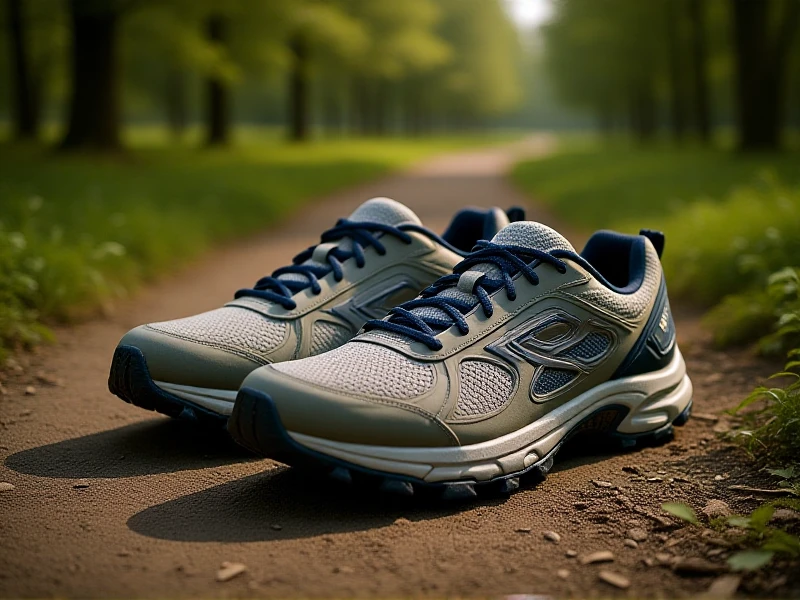
Finding Your Perfect Fit: A Guide to Cushioning Types
Selecting the right cushioning type is crucial for comfort, performance, and injury prevention across many products. Whether it's running shoes, furniture, or protective packaging, the ideal cushion material makes all the difference. Understanding core technologies helps you make informed decisions.
Foam cushioning is the most common type. EVA (ethylene-vinyl acetate) offers versatile, lightweight support ideal for sneaker soles or insoles. Its density dictates firmness – softer options suit short runs, while denser varieties endure marathons. Memory foam contours uniquely to body shapes, favoured for mattresses and seat cushions, distributing pressure points effectively. However, foam compresses over time, reducing support.
Air cushioning utilizes pressurized air pockets for dynamic shock absorption. Visible in athletic soles (like Nike Air units), it provides instant responsiveness during high-impact movements like jumping. The compressible-air nature allows customization; thicker layers or dual capsules enhance rebound. It excels at dispersing energy vertically but can feel unstable on uneven terrain without stabilizers.
Gel technology serves as a plush, adaptable option. Found in premium footwear (ASICS GEL) or medical braces, its fluid-like structure absorbs multidirectional impacts. This makes it exceptional for joints needing cushioning against awkward angles. Though typically heavier than foam or air, newer formulations balance weight with exceptional shock attenuation.
Finally, hybrid cushioning combines elements strategically. For instance, shoes may layer a gel rearfoot under a responsive forefoot foam. Or furniture might integrate memory foam atop spring support. This approach targets different pressure zones simultaneously, balancing impact protection, energy return, and long-term durability.
Your needs dictate the best cushioning type. Prioritizing comfort and pressure relief? Memory foam excels. Needing bounce for sprints? Air cushioning delivers responsiveness. Seek stability in walking shoes? Firm EVA works well. Consider activity intensity and duration when choosing. Testing products in-person remains invaluable – the optimal comfort solution is individual. Understanding these core cushioning types empowers smarter, more satisfying selections in your daily life.